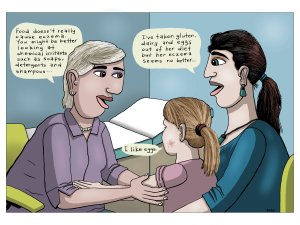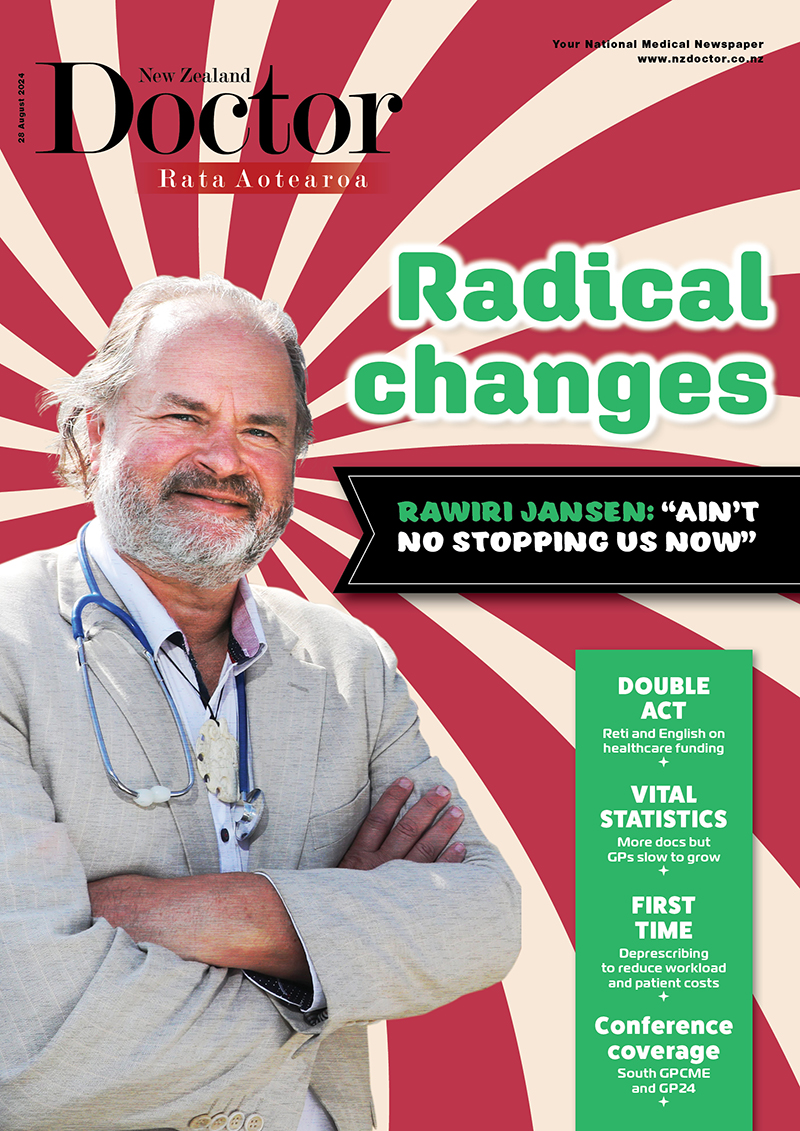Specialist GP Nikki Vadgama provides some tips to make your next paediatric eczema consult easier. She includes a review of new guidelines, resources, websites and medications for paediatric eczema management
Media Release - Don’t go! How can we convince you to stay?
Media Release - Don’t go! How can we convince you to stay?
Nearly half the country’s GPs are going to retire within the next 10 years, so what can we do to ensure we have enough GPs to keep up with patient demand?
This question is one that The Royal New Zealand College of General Practitioners investigated in its 2018 Workforce Survey, which specifically looked into factors that might encourage older GPs to delay their retirement, and those which might enable GPs working part time to increase their working hours.
“Forty seven percent of our existing GP workforce intends to retire within the next 10 years, which is a big concern,” says College President Dr Samantha Murton. “Even more so, is the 27 percent who plan on retiring within five years. Many of those GPs have already started reducing their work hours.
“To find out how we might be able to stem this tide, we collected data on topics we’ve never previously researched. Until now, we’ve never had this type of data at a national level,” says Dr Murton.
“What we found is that older GPs may consider delaying retirement if we’re able to give them longer and more frequent holidays, and longer appointment times, with fewer patients per day,” she says.
“This is valuable information which practice owners and managers will be able to use when discussing retirement plans with their older doctors.
“This survey provides valuable insights for those involved in medical workforce planning. We will be sharing it with district health boards, primary health organisations, Health Workforce New Zealand and the Medical Council of New Zealand.”
When it comes to factors that might enable part-time GPs to increase their hours, the College found that the age of the GPs’ children was the number one influencer. This was followed by remuneration levels, and the stress levels of their work environment.
“These days female GPs out-number males, but they also account for the majority of our part time GPs,” says Dr Murton.
“Half of our part timers are under 50 years of age, so it’s more likely these are working mothers and fathers who juggle childcare as well as patient care,” she says.
“The age of their children, the cost of childcare, and their ability to successfully combine work and parenthood are all notable and obvious influencers.
“I know from experience how hard it is to manage these two incredibly busy, but important, roles. And it’s probably not surprising that GPs who are also mothers and fathers, are not willing to increase their work hours until their children are older.
“The good news is that in five – 10 years, these GPs may be able to spend more time working in general practice.”
The report also collected data on GP-to-GP referrals, which paints a picture about GPs’ expertise. It found skin surgery was the most frequently identified treatment for which a GP received a referral, followed by long-acting reversible contraception insertion or removal, then joint injections.
In addition, the College asked GPs how often they change practices, and found that they don’t tend to move often. On average, GPs had been at their current practice for just over 12 years. This suggests most Kiwis still benefit from having a long-term relationship with a GP, ensuring good stability and continuity of care.




